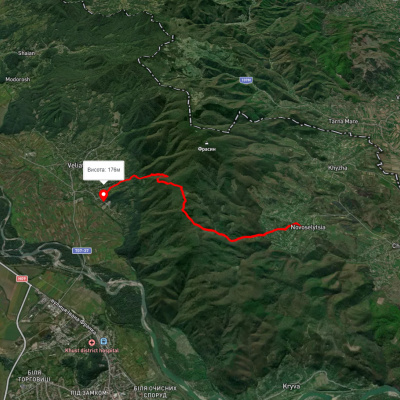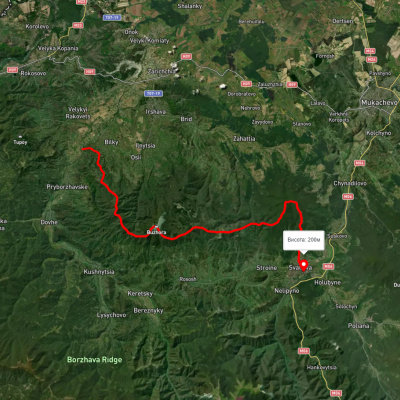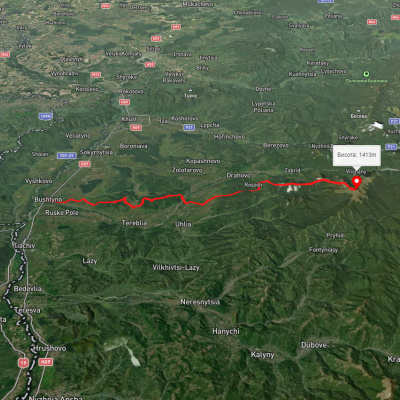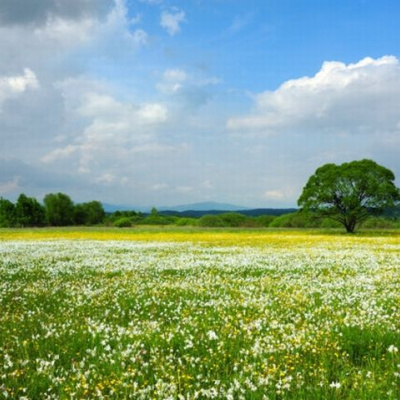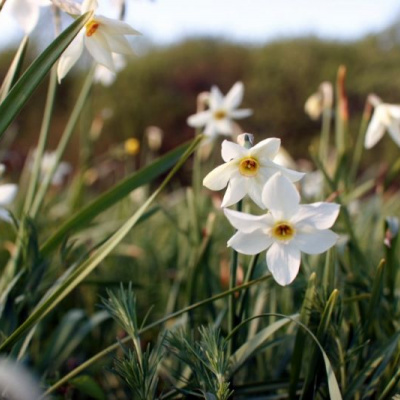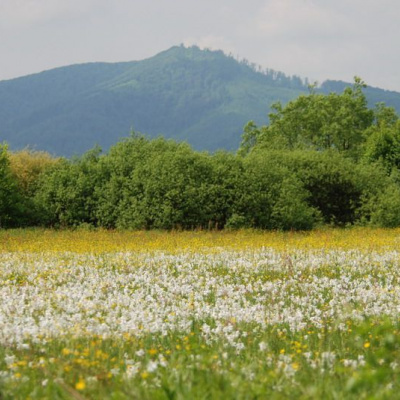Valley of daffodils, Khust
Every year in the first half of May, the Kireshi tract between the Tysa and Khustets rivers in Zakarpattia turns into a fabulous snow-white meadow. It is at this time that thousands of white daffodils bloom here, which is why this place got its name - the Valley of Daffodils.
The history of the Narcissus Valley
Paradoxically, the Narcissus Valley is not actually located in a valley at all, but on a 200-meter high hill. The plants themselves are also alpine, and their uniqueness lies in the fact that this species, in particular in Romania and the Baltic countries, grows at an altitude of about 2,000 meters. In addition, the area occupied by these flowers is almost twice as large as similar reserves in these countries.
Researchers believe that daffodils spread to this place during the Ice Age after the glacier melted. The flowers acclimatized and got used to the weather conditions. Over time, their number increased significantly.
This area got its name from the biologist Vasyl Komendar, who, together with other nature defenders, actually saved the valley from destruction in Soviet times. After all, the authorities had a plan to reclaim the valley and plant grain crops.
Now the Narcissus Valley is part of the Carpathian Biosphere Reserve, so picking flowers is strictly prohibited, and you can get a hefty fine for it. The valley is also home to other rare plant species, which, like daffodils, are listed in the Red Book.
Legends about the Narcissus Valley
A local legend says that long ago a prince lived in Khust Castle with his wife and beautiful daughter Rusia. In honor of her 18th birthday, the prince organized a big celebration to which each guest brought special gifts. A young man named Ivan, who lived on the outskirts of the city, also wanted to make a gift for the princess. He brought a beautiful vase with graceful white daffodil flowers shimmering as if alive. As soon as Ivan and Rusia's eyes met, they fell in love. After that, they began to meet secretly in the valley between the rivers. When the prince found out about it, he got very angry and threw the vase he had given them off a cliff. The vase broke and shattered into thousands of crystals. And in the morning, a whole field of beautiful flowers grew in that place.
Locals also believe that it was in the mirrored waters of the Khustets River that the Greek youth Narcissus saw his reflection, fell in love with it, and died of love. Subsequently, a beautiful flower grew in this town and was named after him.
Getting there.
There are several ways to get to Khust, where the Narcissus Valley is located. Recently, the Kyiv-Solotvyno train has been running through the city, and buses from Makacheve or Uzhhorod also go there. On weekdays, buses run to the valley in Khust from Heroiv Nebesnoi Sotni Street, and on weekends a taxi can take you there.
Openinghours: during the flowering period, the valley is open to the public daily from 08:00 to 21:00. Entrance to the territory is paid.
Accommodation around Valley of daffodils, Khust:
Nearby hiking trails near Valley of daffodils, Khust:
Які маршрути проходять повз Valley of daffodils, Khust?
Пропонуємо пройти такі туристичні (пішохідні) маршрути через/біля Valley of daffodils, Khust: Шлях Пинті, с. Луково, через г. Бужора до м. Свалява, смт. Буштино, через ур. Занівка до г. Манчул, с. Кушниця, через Полонину Кук, г. Широкий Верх, г. Жид-Магура, г. Великий Верх, г. Плай до смт. Воловець, с. Вовчий, через г. Стій, г. Жид-Магура, пер. Присліп, Полонину Кук, г. Коритище, с. Широке до с. Нижній Бистрий, Новоселиця – Смерековий камінь
